Making Photographs
Developing a Personal Visual Workflow
Ibarionex Perello
Art and Inspiration, Ebook, Photography, Popular Techniques, Print, Print and digital bundle, Specialized Topics
In Making Photographs, photographer Ibarionex Perello teaches you how to face and conquer two of the greatest challenges for a photographer: to consistently make good images and to see the photographic possibilities all around you.
Ibarionex shares the approach and techniques he’s honed over the last 15 years while conducting...
Read More
Read More
- Print and eBook Bundle: $49.99
- Print Book: $39.95
- eBook: $31.99
| BOOK AUTHOR | Ibarionex Perello |
|---|---|
| PAGE COUNT | 320 pages |
| TRIM SIZE | 7x9in |
| COVER | Soft Cover- without flaps |
| ISBN | 9781681983998 |
| PUBLISH DATE | 12/2018 |
- Table of Contents
- Introduction
- 1: The Mindset
- 2: Be Prepared
- 3: Core Controls
- 4: The Visual Draws
- 5: Light & Shadow
- 6: Line & Shape
- 7: Color
- 8: Gesture
- 9: Building a Visual Workflow
- 10: Making Versus Taking
- 11: Inclusion & Exclusion
- 12: Composition
- 13: Layering
- 14: The Role of Emotion
- 15: Keep It Simple
- 16: Practice, Practice, Practice
- 17: Evaluating Photographs
- 18: Culling & Rating
- 19: Post Processing with Vision
- 20: Collecting & Comparing
- 21: Personal Challenges
- Summary
- Resources
6 reviews for Making Photographs
You must be logged in to post a review.


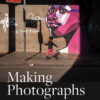



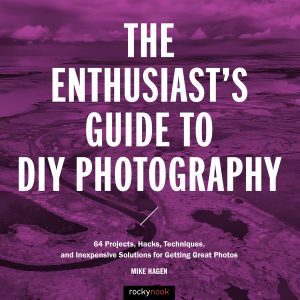
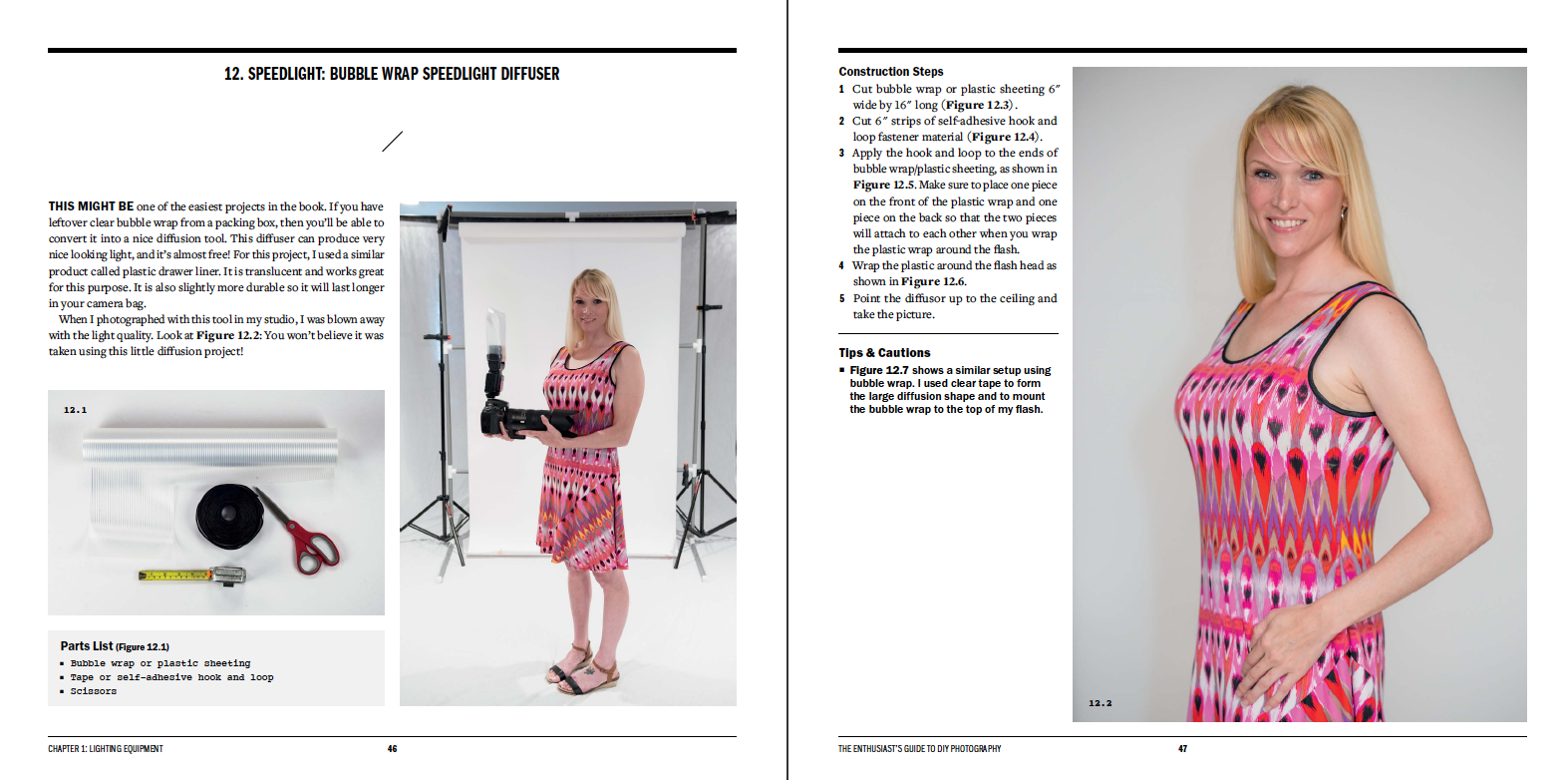

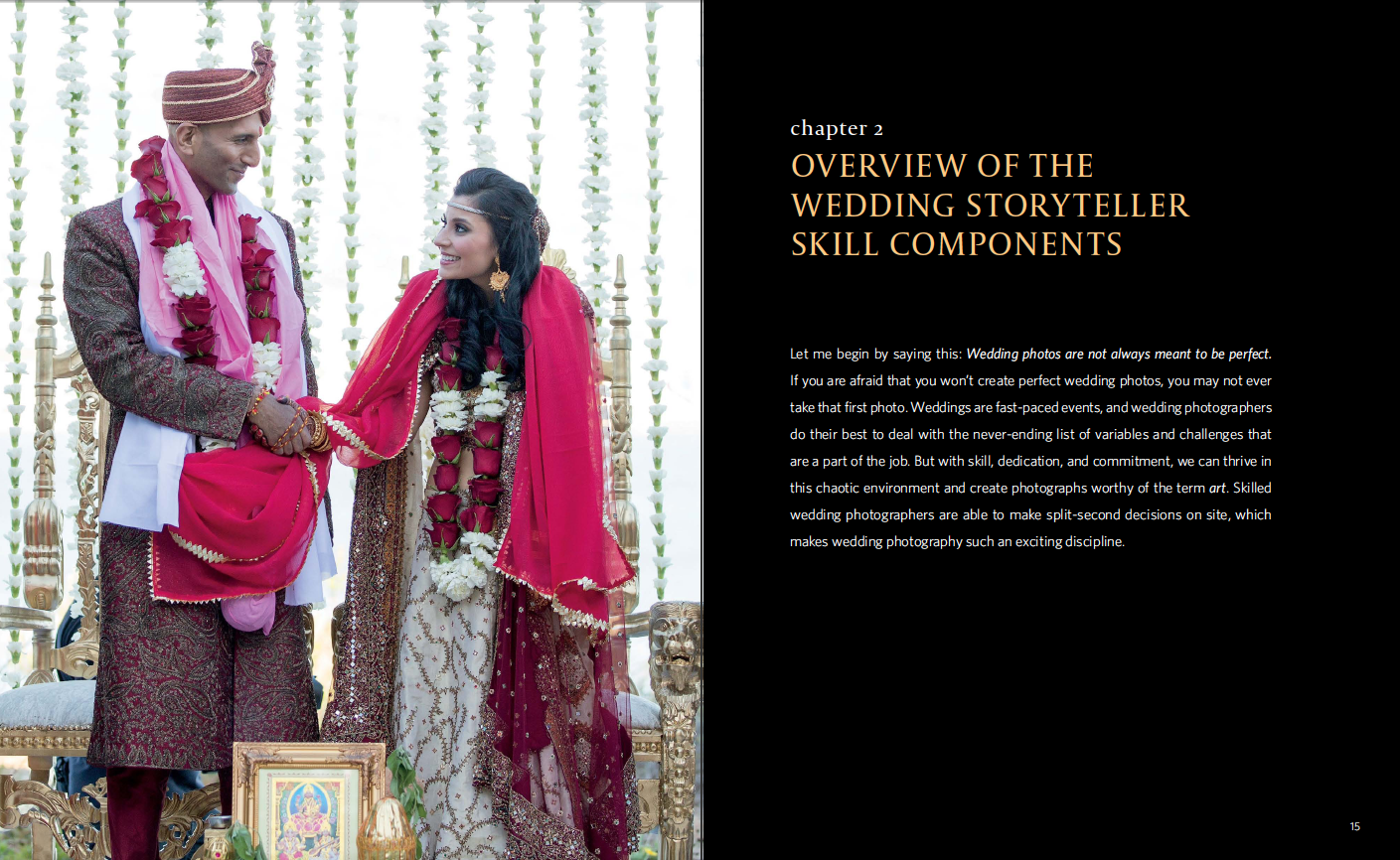

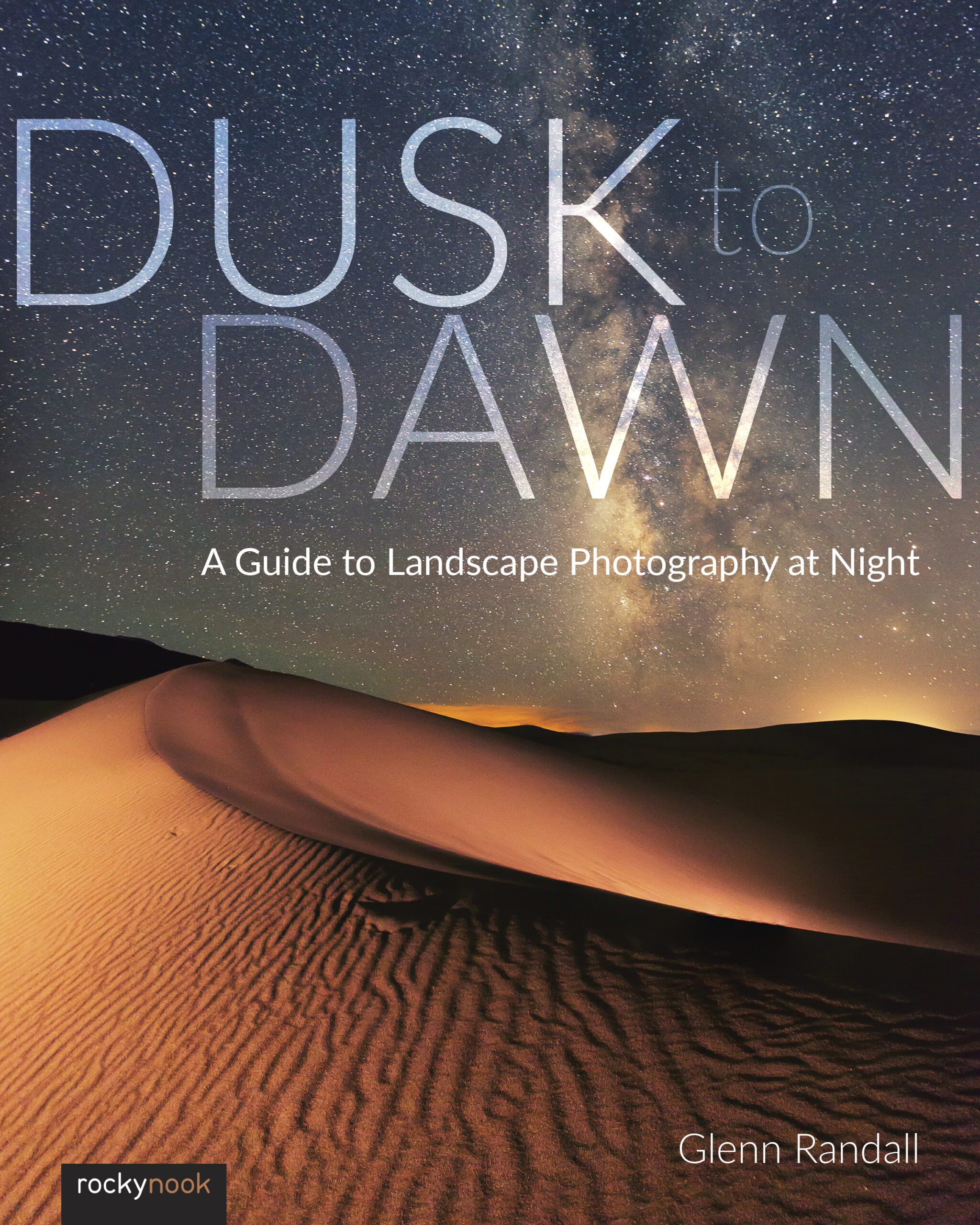

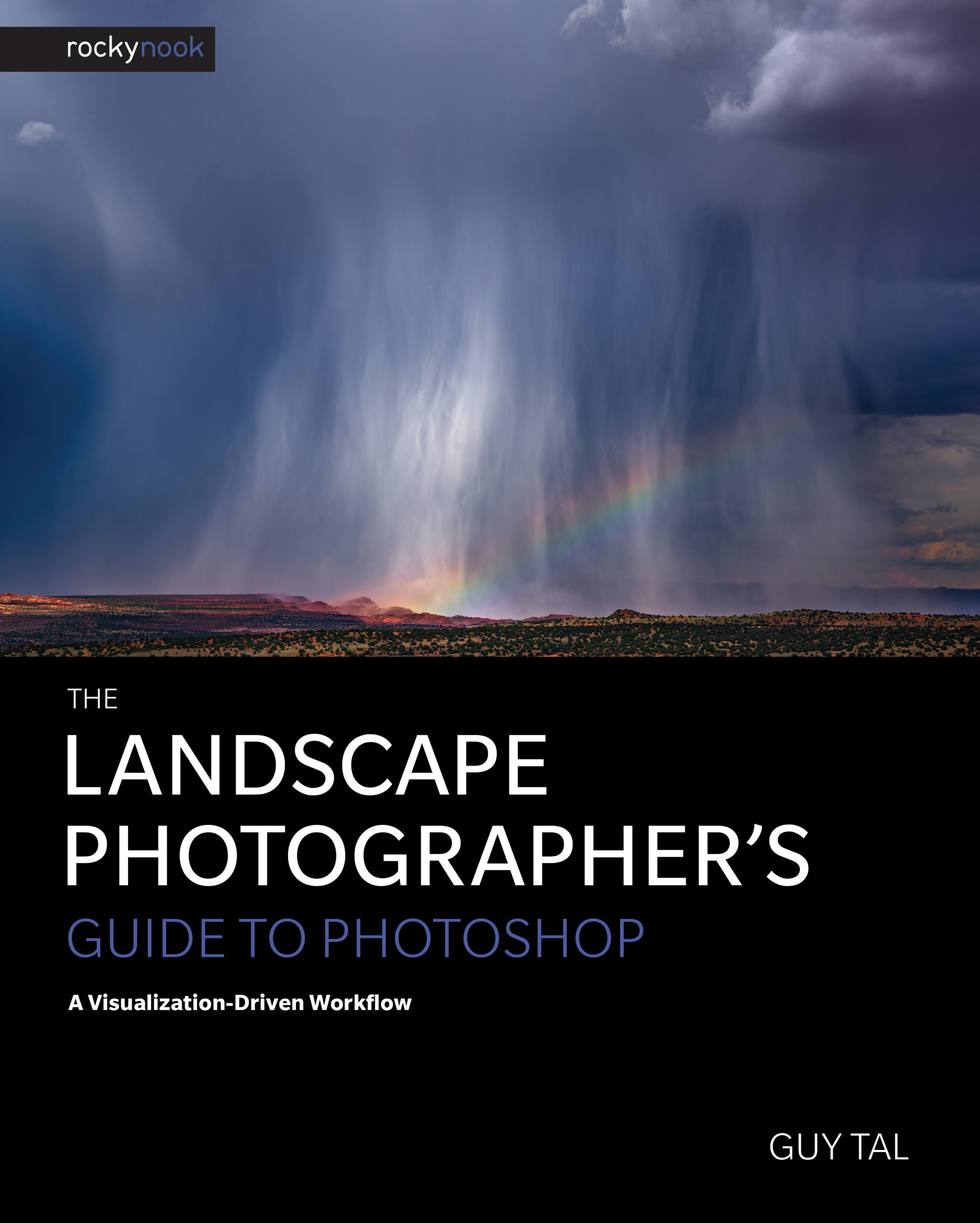
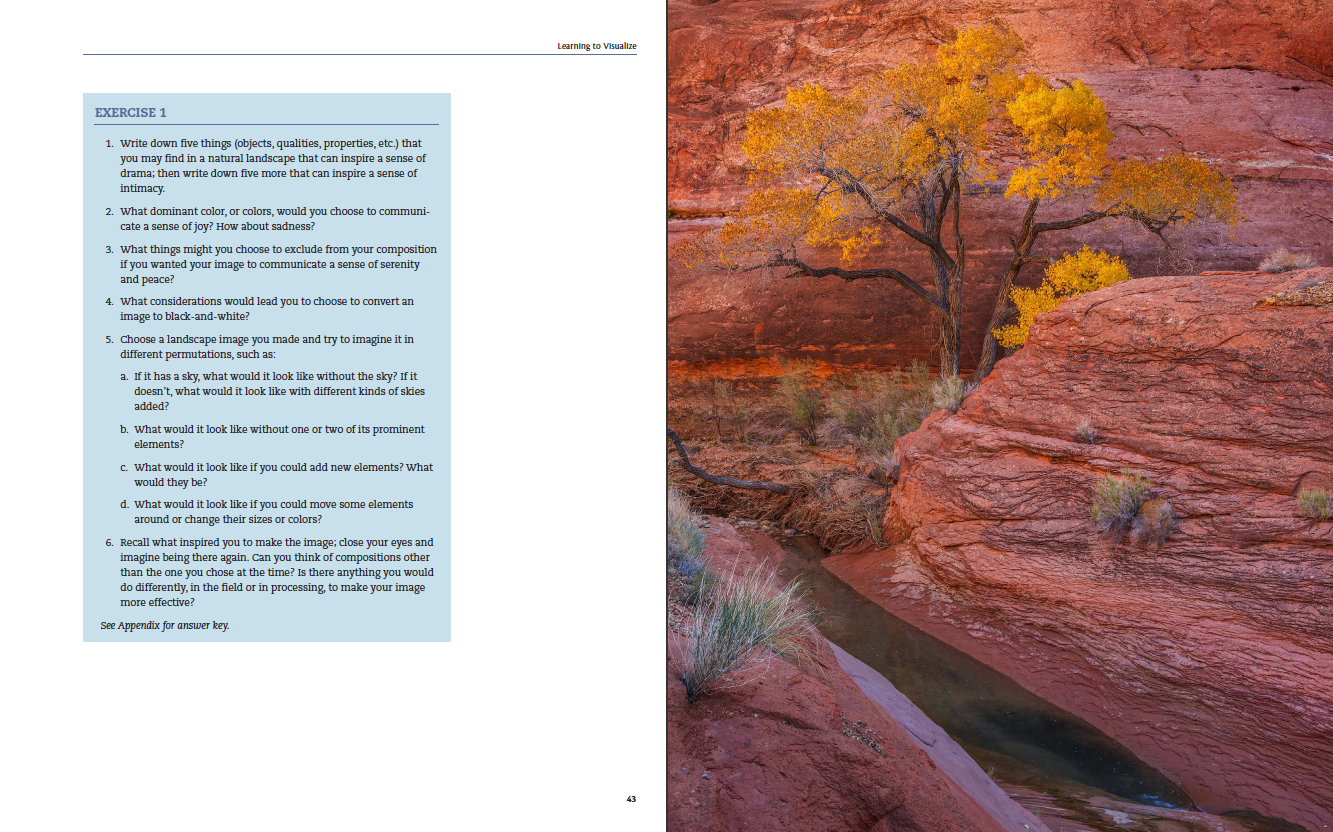
Gloria
Provocative first paragraph of the book is that the thing that makes it difficult to improve our photography is that it’s so easy to make photographs. Never thought about it that way. Can’t wait to read more! He says that the real challenge is not in mastering the technical aspects of ISO, exposure, etc., but in developing the capability of making good images consistently.
The author presents his strategy by dividing the workflow into four categories: light and shadow, line and shape, color, and gesture. The book has an intimate and poignant introduction wherein the author discusses his childhood and how working in a dark room in his neighborhood boys’ club made all the difference. I think it’s an appropriate piece of information because, at least for me, my emotional life is definitely intertwined with my passion for photography.
I also appreciated his view that, although we aim for the highest standard in our photography, false starts and failures are an integral part of the creative process. We cannot improve if we aren’t trying and failing. He recommends keeping a journal about your photography experiences so that you can figure out what you need to improve, what issues you ran into, what questions you have, etc. Never thought of that but I think I might give it a try.
He advises us not only to see rather than to look, but to stop seeing literally. We’re not really trying to document something but to create something engaging and visually interesting. Gives the example of Edward Weston’s still life of a bell pepper which is a great example. I love the texture and tones of Weston‘s photo.
His chapter on composition was especially well done. He explains in detail how he made composition decisions on a fairly simple photo of some kids playing in the ocean at the beach. He gave his tips in a narrative fashion and I found it more useful than just listing things to consider when composing.
He includes a chapter on the role of emotions in making photographs and again I liked his authorial voice. He warns us not to “give credence to…unforgiving criticism“ of ourselves. I enjoy photography books like this when the author invests the writing with who he is as well as how he takes photographs. He tells us that he always has his camera with him. Glad I’m not the only obsessed photog:). What he points out, though, is that if you always have a camera with you then the constant practice you need to get good is easier to acquire. If we wait for the leisure time and opportunity to bring our camera we will not get nearly as much practice as we do carrying our equipment on a daily basis. He points out, too, that if you have a camera with you, you were going to see things that you wouldn’t otherwise see.
Perello includes a chapter on culling your photographs and I really appreciate that. Not enough manuals tell us how to reduce the immense library of photos we end up with! He advises, for example, to rate your photos when you go through them the first time-took me a couple of years to figure that out! And on the second pass through his photos he picks what he calls the anchor photo, the best one of the bunch, and then compares the rest of the flag photos to the best. That is an excellent idea.
He concludes the book talking about personal challenges: for example, persisting in taking photographs even when you don’t feel like it because practice is the only way to get better. He suggests spending at least 15 minutes per day dedicated to seeing and making photographs. He also sets personal challenges for himself such as photographing hands as an assignment. I enjoyed the fact that he even photographed his doctor’s hand!
This is an exceptionally well done photography book which runs the gamut from settings on your camera to an emotional and practical path for becoming a better photographer. I especially enjoyed the author’s narrative style and his section on culling and setting personal challenges. Well worth the time to read this book!
jeanagj (verified owner)
After reading and re-reading this book it has become clear to me how I can get from taking a photograph (like I have been doing for years now) to making a photograph. In great detail the writer explains his own struggle on this path. The reader is provided with a clear practical workflow that makes it possible for the enthusiast to understand and explain what choices were made making the photograph. The pleasantly challenging assignments after each chapter add to the wonderful experience of reading this book.
banks.stephanie49 (verified owner)
I recently ordered “Making Photographs” by Ibarionex Perello. It rivals several other books on photography in a few ways. The author writes in a personal, familiar tone which immediately engages the reader. The information contained within its covers ranges from the reasons we make photos to the essential elements of good photography plus processing. Each chapter provides very good examples which accompany the instructions. It is well-organized and uncluttered with extraneous details. I think the book is an excellent reference for both the beginner and the more experienced photographer.
Stephanie Banks
jefforns
The author has a unique way of writing that is quite enjoyable. His philosophy of ‘Making Photographs’ is similar to my own in that he is very experimental. For some readers they may be disappointed that Mr. Perello does not take them through the process step by step; instead, he challenges the reader to look at their photography from a different perspective.
At the end of each section (chapter) of the book the author presents a challenging ‘assignment’ for the reader to try………..do it! It will definitely improve the way you look at your own photography.
ssaasa (verified owner)
As a fan of Ibarionex Perello’s The Candid Frame podcast, I was intrigued when I found this book. In his unique and approachable voice, the author guides readers through the creative process, including practical steps which will not only help to elevate your photography, but also provide greater insight into your own motivations and directions. Those looking for technical tips should search elsewhere, but if you are looking for a book to inspire your photographic journey, to make you think and grow as an artist, this is a wonderful addition to your library.
sbhathaway (verified owner)
Ibarionex Perello’s book, “Making Photographs” would make an excellent addition to the library of anyone wishing to become a better photographer, especially those, like me, trying to make the transition from “taking photographs” (snapshots) to “making photographs” (intentional images)
His approach, both as a photographer and as a teacher, seems like it could be summarized in the following paragraph from this book –
“Good photography demands that we stop looking and begin seeing. This begins with mastering the camera and reducing its potential as a distraction by setting the core settings. This is then followed by understanding how we are seeing a thing and how that can translate into a photograph.”
Perello’s book does address technical topics (what cameras, what lenses, how he uses Lightroom/Photoshop…) very usefully, but the technical information is always in the service of Making Photographs.
He is clearly passionate about photography and his work, and this, and how it informs the photographs he makes, shows clearly and strongly.
I have certainly learned things about making photographs from this book, and it has provided me with ample food for thought as I learn to be a better photographer. I recommend this book highly!